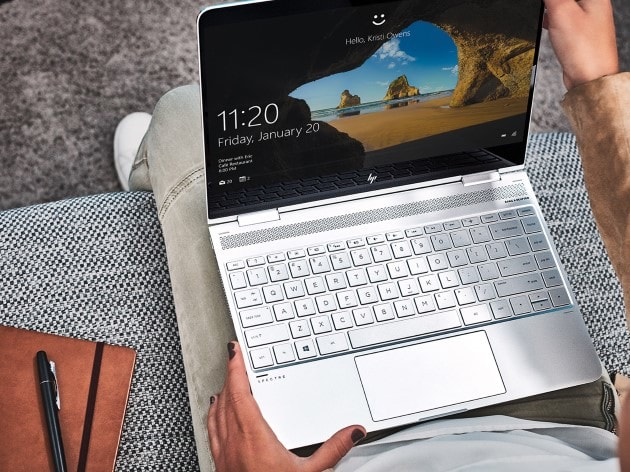By running the new Remote Desktop through the cloud, organizations will be able to run their own proprietary software in Azure. WalkingCat published a client download link and says Microsoft appears to be modifying its existing client rather than building a new one from scratch. “The actual client “msrdc.exe” seems to be a modified version of “mstsc.exe”, version 10.0.18838.1000, and the shell “msrdcw.exe” is a WPF app, thank god it’s not another Electron app.” https://twitter.com/h0x0d/status/1096686617933230080 Creating a new Remote Desktop solution for Windows 10 is something Microsoft may be doing just at the right time. This year, a mass migration of Windows 7 users will switch to Windows 10 as the former loses support. Hundreds of millions of devices could upgrade and simply offering more IT Admin tools will help. The Remote Desktop will merge Azure and Microsoft 365 tools to allow a low-cost multisession solution that is scalable for companies. It will also provide an easy and efficient way for organizations to deploy virtualized legacy proprietary applications. This is hugely important. Many businesses have stayed on Windows 7 because their older apps will not run on Windows 10. A robust Remote Desktop will allow them to run those apps.
Virtual Desktop
It is worth remembering, Microsoft is also working on its Windows Virtual Desktop. The service allows users to create a virtualization of Windows 7, Windows 10, Office 365 ProPlus apps and third-party apps. With WVD, customers receive remote desktop sessions by running virtualizations in Azure virtual machines.




